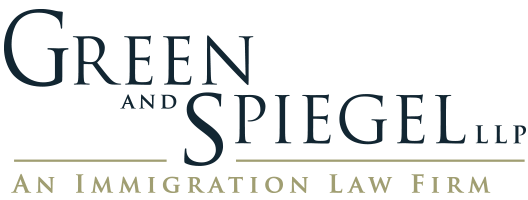A series of headlines claiming that “United States citizens will need a visa to visit Europe starting in 2021” went viral this past week. However, this “breaking news” was, at best, only half-true. Indeed, in the future U.S. citizens will need to enroll in an electronic authorization program, analogous to what many European citizens already must complete to visit the U.S. or Canada. But this requirement is neither a visa nor a new development.
On July 5, 2018, the European Parliament finalized its creation of the European Travel Information and Authorization System (ETIAS), with a slated effective date “by the end of 2021.” In its 2018 statement announcing the development, the EU explained ETIAS’ purpose and features:
The ETIAS authorisation is not a visa. Once operational, it will carry out pre-travel screening for security and migration risks of travellers benefiting from visa-free access to the Schengen area. When arriving at the EU borders travellers will need to have both a valid travel document and an ETIAS authorisation.
- Affordable, simple and fast: All visa-free travellers will need to request ETIAS authorisation prior to their visit to the Schengen area. Completing the online application should not take more than 10 minutes with automatic approval being given in over 95% of cases. Travellers will have to pay a one-off €7 fee (for travellers between 18 and 70 years old) and the authorisation issued will be valid for three years.
- Cross-checking of EU information systems: ETIAS will cross-check data provided by visa-exempt travellers against the EU information systems for borders, security and migration, including the Schengen Information System (SIS), the Visa Information System (VIS), Eurodac, Europol and Interpol databases. If the cross-checked data matches with the EU databases, the application will be then manually verified by the ETIAS Central Unit managed by the European Border and Coast Guard Agency.
- Clear rules for refusals: In cases where authorisation is refused, the relevant national authority will have to inform the applicant about the decision or seek additional information within 96 hours. If additional information is provided, the national authority must then take a decision within four weeks of the initial application date. In case of refusal, applicants always have the right to appeal.”
Once the ETIAS system is implemented, U.S. citizens should accordingly enroll in ETIAS well in advance of planned visitor travel.It is worth noting that CNN provided a correction in its online article after mistaking the timing and substance of the new ETIAS requirement. Several other outlets reported the news and provided a private travel agency’s announcement as official policy, notwithstanding that it is not affiliated with the EU.
The ETIAS requirement should sound familiar to many Europeans. Since 2008, the United States government has required nationals of Visa Waiver Program countries to enroll in the Electronic System for Travel Authorization (ESTA) prior to boarding a U.S. bound airplane or sea carrier. Similar to ETIAS, ESTA requires a fee of $14 and is valid for two years. Our clients are reminded that U.S. Customs and Border Protection requires ESTA applications to be filed no later than 72 hours before departing for the United States.
Similarly, in 2016 Canada began its implementation of the Electronic Travel Authorization (eTA).Similar to ESTA, the eTA requires visa-exempt travelers to pre-register before transiting through a Canadian airport. The eTA authorization is valid for five years and costs CAN$7. American citizens are not required to enroll. However, American Green card holders, contrary to some misconception, are indeed required to get an eTA to enter Canada.
We hope this clears up some confusion caused by incomplete / inaccurate media reporting. Contact us today with questions relating to international travel and visa requirements.



